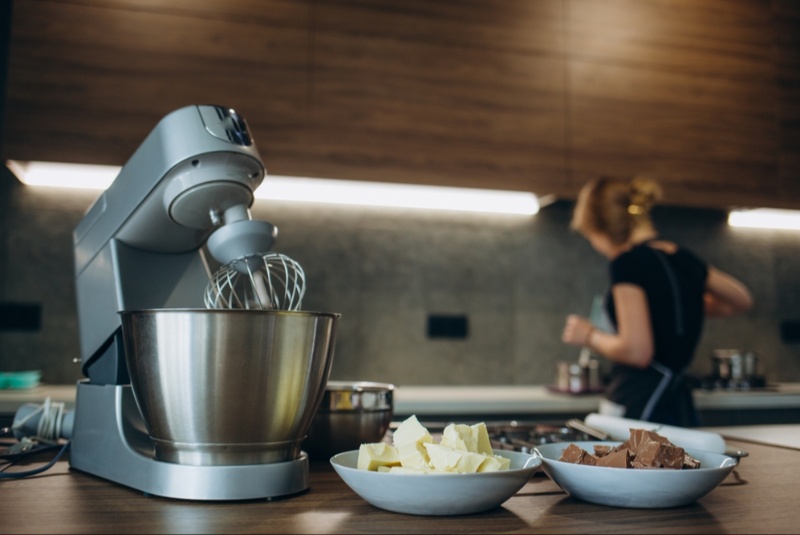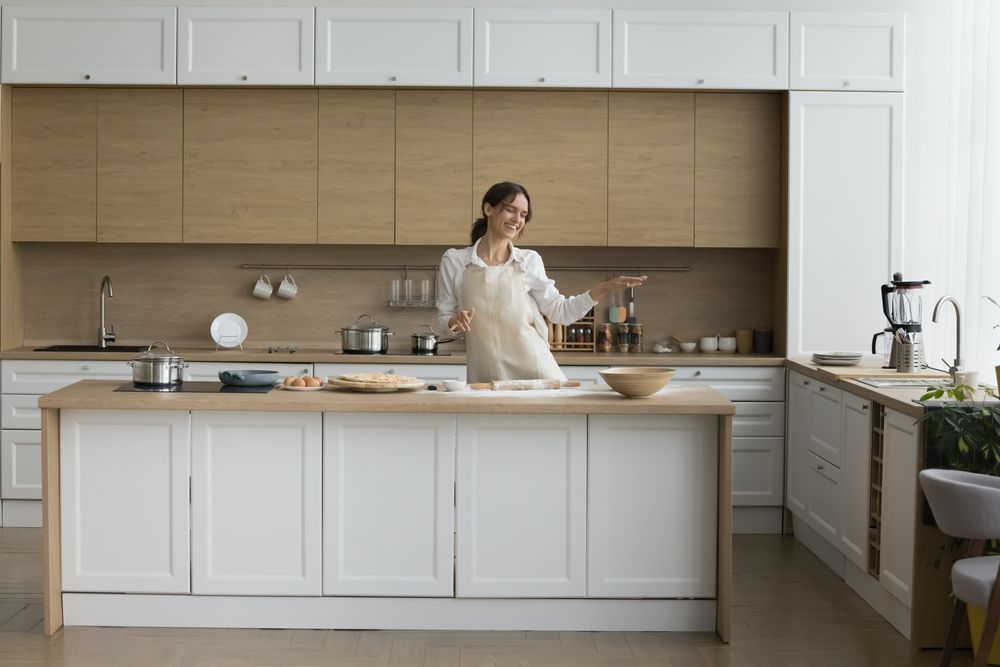Selecting the perfect paint color for your home is more than a matter of aesthetic appeal; it's a decision that affects the ambiance and mood of your space. The right color can transform a room, making it appear more spacious, inviting, or cozy.
Understanding Color Psychology
Color psychology plays a crucial role in how we perceive spaces. Different colors evoke different emotions and can significantly impact the mood of a room. For instance, blues and greens are known for their calming effects, making them ideal for bedrooms and bathrooms, where relaxation is key. On the other hand, warm colors like red, orange, and yellow can stimulate conversation and appetite, making them great choices for living rooms and dining areas.
When choosing a paint color, consider the purpose of the room and the atmosphere you want to create. For a tranquil retreat, you might opt for soft, cool tones. For a vibrant, energetic space, bolder and warmer hues may be more appropriate. Understanding the psychological effects of colors can help you make a more informed decision, ensuring your space not only looks beautiful but feels right as well.
Analyzing Your Space
The size, lighting, and existing furnishings of a room significantly influence how a paint color will look and feel. Light colors tend to make small rooms appear larger and more open, while dark colors can add depth and sophistication to larger spaces. Natural lighting also affects how colors are perceived; a color that looks warm and inviting in a sunlit room may appear dull and cold under artificial lighting.
Before settling on a paint color, consider the room's orientation, the amount of natural light it receives, and the color temperature of artificial lighting. These factors can dramatically alter the appearance of colors. Testing paint samples under different lighting conditions and at various times of the day can provide a more accurate representation of how the color will look in your space.
Coordinating with Your Home's Décor
Choosing a paint color that harmonizes with your existing furniture, flooring, and decorative elements is essential for a cohesive look. Take stock of the dominant colors in the room's décor and select a paint color that complements these hues. Neutral colors like beige, gray, and white offer versatility and can easily match a wide range of furniture and accessories. For a more dynamic look, consider choosing a complementary color that contrasts with your décor to create visual interest.
Using color swatches or paint samples alongside your furniture and fabrics can help you visualize how the colors will work together. Remember, the goal is to enhance your home's aesthetic appeal by selecting a paint color that ties all elements of the room together harmoniously.

Selecting the Right Sheen
The finish of your paint plays a significant role in the overall look and durability of your walls. From matte to high gloss, each sheen has its advantages and ideal applications. Matte finishes offer a classic, non-reflective look that hides surface imperfections, making them suitable for ceilings and low-traffic areas. Satin and eggshell finishes provide a slight sheen, easier cleaning, and moderate durability, ideal for living rooms and bedrooms. Semi-gloss and high-gloss finishes are highly durable and washable, perfect for kitchens, bathrooms, and trim work. Consider the room’s function and maintenance needs when choosing the paint finish, ensuring both aesthetics and practicality.
Exploring Color Trends and Personal Preferences
While it's important to consider current color trends, your personal taste should ultimately guide your decision. Trendy colors can add a modern touch to your home, but choosing a color you genuinely love ensures your space will feel personal and inviting, regardless of changing trends. Explore color palettes that resonate with your style and consider how they might fit within the context of your home and its architectural style.
Don't be afraid to experiment with bold or unconventional colors if they speak to you. A unique color choice can serve as a focal point and reflect your personality. However, for those hesitant to commit to a bold color for an entire room, accent walls or decorative accessories can offer a compromise, allowing you to incorporate vibrant hues without overwhelming the space.
Testing Before Committing
One of the most important steps in choosing a paint color is testing it in your actual space. Paint chips and online images can be misleading, as colors may vary significantly in different environments. Purchase sample sizes of your top color choices and paint large swatches on the walls of the room you're planning to repaint. Observe these samples at different times of the day and under various lighting conditions to see how the colors change.
This process allows you to experience the color in the context of your home, providing a clear idea of how it will look and feel once applied. Taking the time to test before committing can save you from disappointment and the hassle of repainting.
Selecting the perfect paint color for your home is a blend of art and science, requiring consideration of psychological effects, room characteristics, existing décor, and personal preferences. By understanding the basics of color psychology, analyzing your space, coordinating with your home's décor, exploring personal and trendy colors, and testing before making a final decision, you can confidently choose a paint color that enhances your home's aesthetics and reflects your style. Remember, the ultimate goal is to create a space that you love and feel comfortable in, so trust your instincts and enjoy the process of transforming your home.




